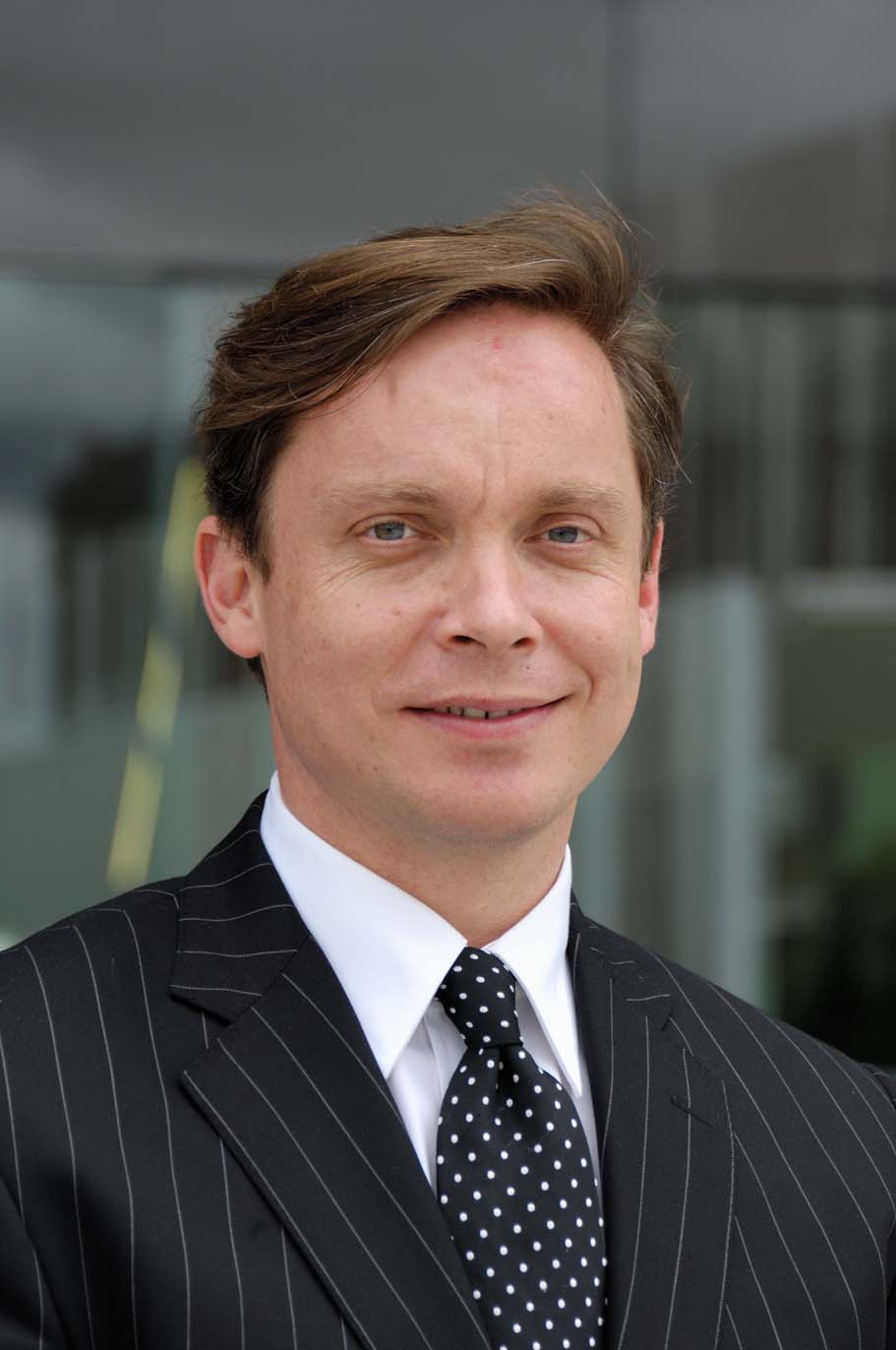News
Tony Ellwood Appointed New Director of National Gallery of Victoria


Tony Ellwood, the 44-year-old charismatic director of the Queensland Art Gallery and Gallery of Modern Art (collectively known as QAGGOMA) in Brisbane, has been appointed the new director of the National Gallery of Victoria (NGV) in Melbourne, creating a void in Brisbane that will be hard to fill.
Last November, Ellwood signed a new five year contract at QAGGOMA, even though his current term runs until July this year. It was a preemptive strike by the Queensland government to shore up Ellwood’s position as the city’s most crucial cultural asset. With a blend of scholarship and popularism, Ellwood has dramatically increased visitor numbers to QAGGOMA during his tenure to turn the gallery into Australia’s most visited in 2010, when it attracted 1.8 million people—a number that slipped back to 1.5 million last year, when flooding in Brisbane forced the gallery to close its doors for several weeks.
Ellwood’s salary was also rumored to have been increased to AUD 385,000, which remains, however, considerably less than the $445,000 he can expect from the NGV after moving south to take up his new role in August.
Ellwood’s success as QAGGOMA has a lot to do with this popularist flair mixed with a boundless energy—last year during the floods he spent the weekend with staff carrying art works up several levels of the building to safety—along with the fact that he inherited the new Gallery of Modern Art building from his predecessor, Doug Hall. He has also been able to build on the enormously successful Asia Pacific Triennial, which was pioneering when it launched in 1993. He cites the current exhibition, “Matisse: Drawing Life,” as an example of one of the highpoints of his time at QAGGOMA, “We have created something quite special with Matisse, and the public have engaged with it,” he told ArtAsiaPacific.
Having already served as the NGV’s deputy director from 2000 to 2007, Elwood was offered the top job in January this year. He declined an offer to talk to the Art Gallery of NSW about its position of director, made vacant by Edmund Capon’s retirement last December, which will be filled by Michael Brand later this year, on a salary identical to Ellwood’s.
In an interview with AAP about his new role at the NGV, Ellwood said, “I’m conscious that so much isn’t lacking at NGV and I wouldn’t want to be critical. I’ll be looking at how to enhance the collection and to ensure a balanced program that reaches a broader demographic.”
The NGV, which last year celebrated its 150th anniversary, holds the largest collection of art in Australia, 75,000 works, but Melbourne is a deeply conservative town and the NGV, some say, reflects that conservatism. Its first dedicated contemporary art space opened only last November in a room tucked at the end of a corridor, behind the children’s center, NGV Kid’s Corner.
Ellwood is hence keen to expand the NGV’s contemporary programs: “I have a passion for contemporary art practice in museums and there has been a lot of speculation about what can be done,” he said.
Blockbuster exhibitions also remain high on Ellwood’s agenda at a time when financial constraints are beginning to cause institutions to be less ambitious. Visitor numbers in Melbourne have slipped dramatically. At NGV, revenue from ticket sales slumped last financial year from $7.4 million to $4.7 million with its showcase Winter Masterpieces exhibition, “Vienna: Art and Design” struggling to attract 170,000 visitors. Some say that Melbourne’s claim of being the country’s main arts center no longer holds, a suggestion Ellwood refuted, asserting: “Melbourne is, unquestionably, the cultural capital.”







